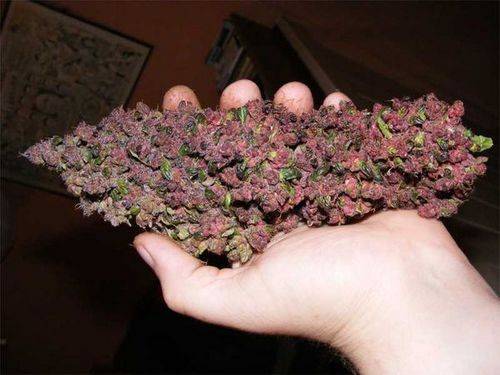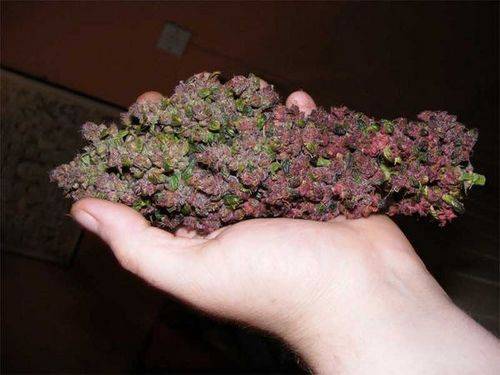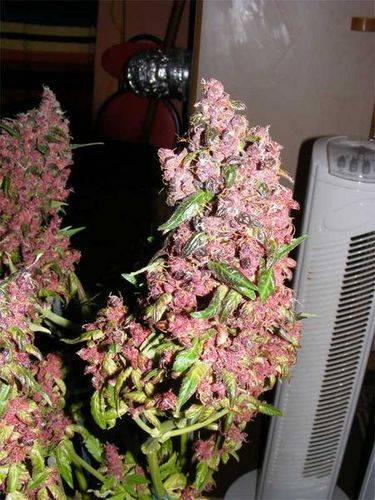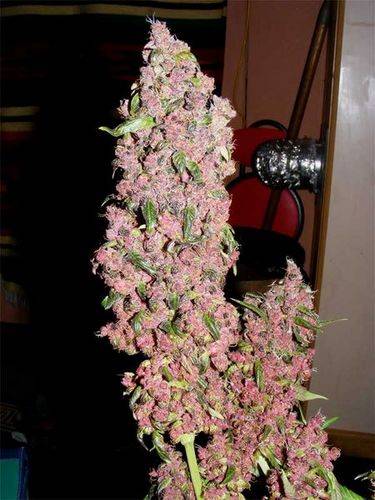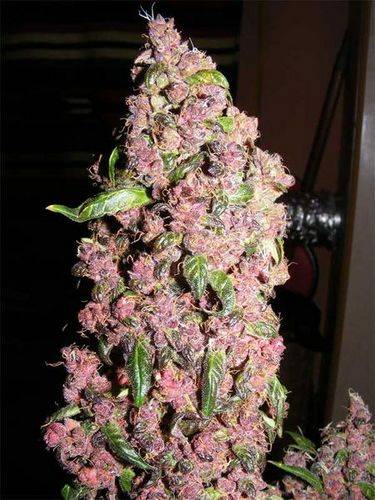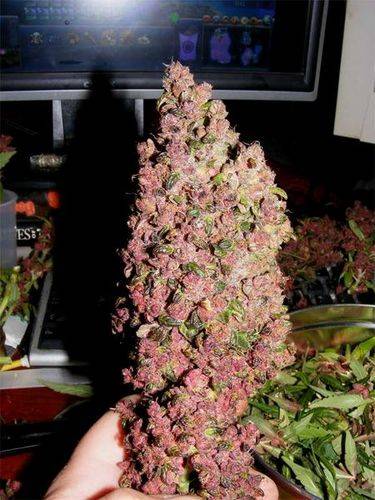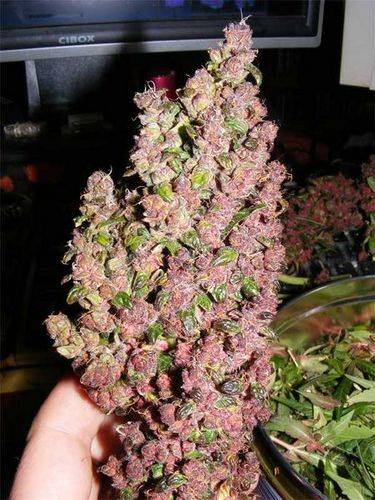G
Guest
wish some "breeders" would spend more time and resources collecting genetics from traditional Cannabis areas
I'm not a breeder but in the last 12 months, the three all-round best and most interesting plants I;ve grown and smoked were a Mexican I grew from seed I collected from brick weed in Cancun in 2005, a Jamaican that AFOAF grew from seed picked from exceptional bud his family in Jamaica gave him and the Purple Afghan that was picked in Afghanistan by AFOAF in the British Army.
When you consider I've had stuff like Trainwreck, OG Kush, Cheese, Sour Diesel and Chemdawg D x Nigerian Silk in my garden recently, it's saying something that I've got more interesting plants from unusual and exotic sources.
So imagine what other rare beauties are waiting out there in seed form? Ngakpa has been in Pakistan/India recently and has colelcted several cultivars that have potential to be fantastic, when redrider was in Colombia last year he found all kinds of wonderful sativas. There is far too much emphasis on names and one-up-man ship over elite clones, too much of this 'I have cut X and no-one else but my homies will ever have her!' crap these days.
I imagine if someone who spends a lot of money annually on expensive seeds saved that moeny and spent it to go somewhere to collect genes then they would find some special palnts from those seeds, it;s all about selection and actually bothering to pop the seeds and have the patience to see what they produce. Far too many folks are lazy and want fast turnaround of clones and just want the big name 'elite' clone lines so they can look like they are connected to serious people when they post pics of their rare cut on the internet.
And what if one of the big seed producers decided, instead of just cashing in on big names by producing femmed beans from cuts (yes, I mean Arjan!) to invest some of the wads of cash he spends every month on advertising to send people to far flung corners of the globe to find rare, new and useful varieties? Franco told me (and I think Sam was stood about 5 feet to my left when he said it) at the last 420 Cup, underground in the Expo that he was leaving Holland in a few days to go back to the Transkei where he was searching for really special varieties and said he had found some really rare stuff that was unrelated to the Durbans and Swazi we think of when we think of South African weed.
The world really doesn't need anymore feminised beans from elite cuts or hybrids of big nam varieties to proven things like Skunk, just look at the seeds that are sold today, they represent an awfulyl small genepool whereas the cannabis genepool as a whole is massive. It might have got smaller opver the years due to the efforts of governments, but it's still big enough for us all to explore it more fully and find new and interestign plants. The way things are now it'e like a huge swimming pool where everyone is stood together in the shallow end and only the most adventurous venture into deeper water. Stop paddling around and go for a bloody swim! I know it's not possible to go and live in Afghanistan like Sam did but it's not that hard to travel to somewhere that's pretty safe that also has indigenous cannabis.
I colelcted a load of seeds from wild plants in the Poltava region of Moravia in the eastern part of the Czech Republic last year, they are a ruderalis type but grow to 5 or 6 feet and we rubbed some of them to make finger hash and it was moderately potent, the dried wild buds were a mixed bunch, some actually got you high while some just made you feel lethargic and tired. This indicates that this wild line has not been selected in any way for THC production and has indiciduals that produce lots of tHC and little CBD and individuals that produce lots of CBD but little THC. Sam has said that plants that produce lots of CBD are not to be found in any of the commerically available varieties, they have been bred to produce only THC, it's to do with the bd/bt alleles.
The other day a caregiver who has a very ill relative asked me if I knew where he could obtain a variety that produced CBD as he needed such a plant to treat his relative's ailment. Luckily, I have these Moravian wild seeds I collected, so I was delighted to share them with him. The moral of that little story is, useful new varieties of cannabis are out there, it's high time some folks went and collected them to find out what we might be missing out on. I'm sure Sam is one of the very few people on the planet who actually has some experience of a fair portion of the genepool, but even he hasn't grown nor smoked every type of cannabis, that is too much for one lifetime for any man. Yet so much of the modern cannabis we grow and consume today contains a fair portion of genes from lines Sam released. Sam's lines represent only a tiny fraction of the varieties he collected and he only collected a fraction of what's out there.

